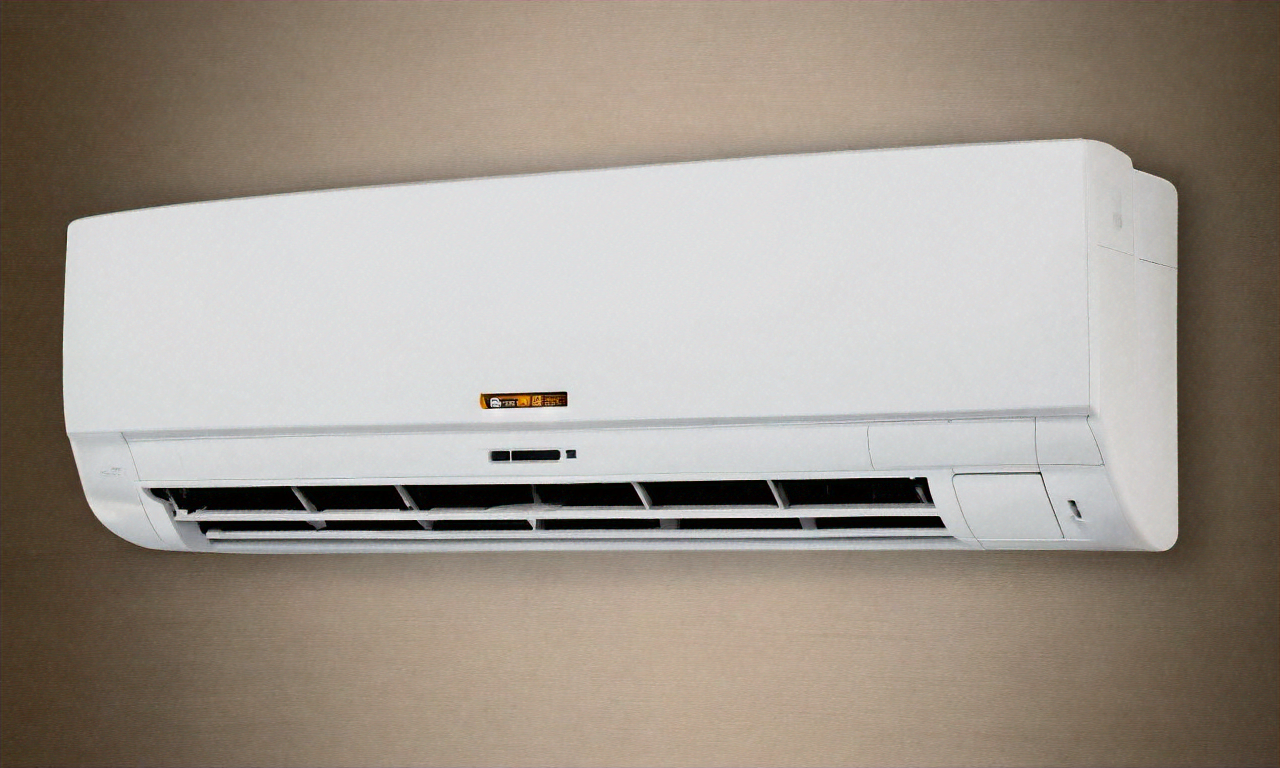Mentions of HVAC System Considerations in Japan
In residential discussions from Japan, HVAC system configurations are occasionally referenced. Some materials mention unit types, setup preferences, or how households organize environmental controls according to local conditions or housing layout requirements.

How do Japanese homes typically configure HVAC systems?
Japanese homes often employ a decentralized approach to HVAC, with individual units installed in separate rooms rather than a centralized system. This configuration allows for greater flexibility and energy efficiency, as residents can control the temperature in specific areas of the house. Mini-split air conditioners, known as “eakon” in Japan, are particularly popular. These units consist of an outdoor compressor and one or more indoor air-handling units, connected by refrigerant lines.
What role does climate play in regional HVAC approaches?
Japan’s diverse climate significantly impacts HVAC configurations across different regions. In the southern parts of the country, where summers are hot and humid, cooling is a primary concern. Here, air conditioning units are often designed with dehumidification functions to combat high moisture levels. In contrast, northern regions like Hokkaido focus more on heating solutions, with many homes incorporating radiant floor heating systems or kerosene heaters to combat harsh winters.
How do traditional Japanese housing elements influence HVAC setup?
Traditional Japanese architecture, characterized by features like sliding doors (shoji) and open floor plans, presents unique challenges for HVAC implementation. To maintain the aesthetic and functional aspects of these designs, ductless mini-split systems are often preferred. These units can be discreetly mounted on walls or ceilings, preserving the clean lines and open spaces typical of Japanese interiors. Additionally, some modern homes incorporate elements of traditional design, such as engawa (veranda-like spaces), which can act as natural thermal buffers.
What energy efficiency considerations are prevalent in Japanese HVAC systems?
Energy efficiency is a significant concern in Japan, given the country’s limited natural resources and high energy costs. Many HVAC systems in Japanese homes feature advanced inverter technology, which allows for variable speed operation of compressors and fans. This technology helps maintain a consistent temperature while reducing energy consumption. Additionally, the use of zoned heating and cooling through mini-split systems enables residents to only condition occupied spaces, further enhancing energy efficiency.
Are there any unique HVAC technologies or practices specific to Japan?
Japan is known for its innovative approach to technology, and HVAC systems are no exception. One notable development is the widespread use of “bath dryers” or “bathroom heater-dryer-ventilator” units. These multifunctional devices combine heating, ventilation, and clothes drying capabilities in bathroom spaces, addressing the need for efficient moisture control in Japan’s often humid climate. Another unique practice is the use of “kotatsu” - low, heated tables that provide localized warmth in living areas during colder months, often complementing or reducing the need for whole-room heating.
How do Japanese households typically use and maintain their HVAC systems?
Japanese households tend to be highly conscious of energy usage and often adopt specific practices to optimize their HVAC systems. Regular maintenance, including cleaning filters and outdoor units, is commonly practiced to ensure efficiency. Many residents use programmable timers to schedule HVAC operation, aligning it with their daily routines. Additionally, the concept of “cool biz” and “warm biz” - government-initiated campaigns encouraging appropriate dress for the season - has influenced how businesses and households set their HVAC temperatures, promoting energy conservation.
In Japan, HVAC system considerations reflect a blend of traditional values, modern technology, and environmental consciousness. The prevalent use of mini-split systems, regional adaptations to diverse climates, and integration with traditional architectural elements showcase the unique approach to indoor climate control in Japanese homes. As energy efficiency and technological innovation continue to drive HVAC development, Japanese households are likely to see further advancements in creating comfortable, sustainable indoor environments tailored to their specific needs and cultural preferences.




